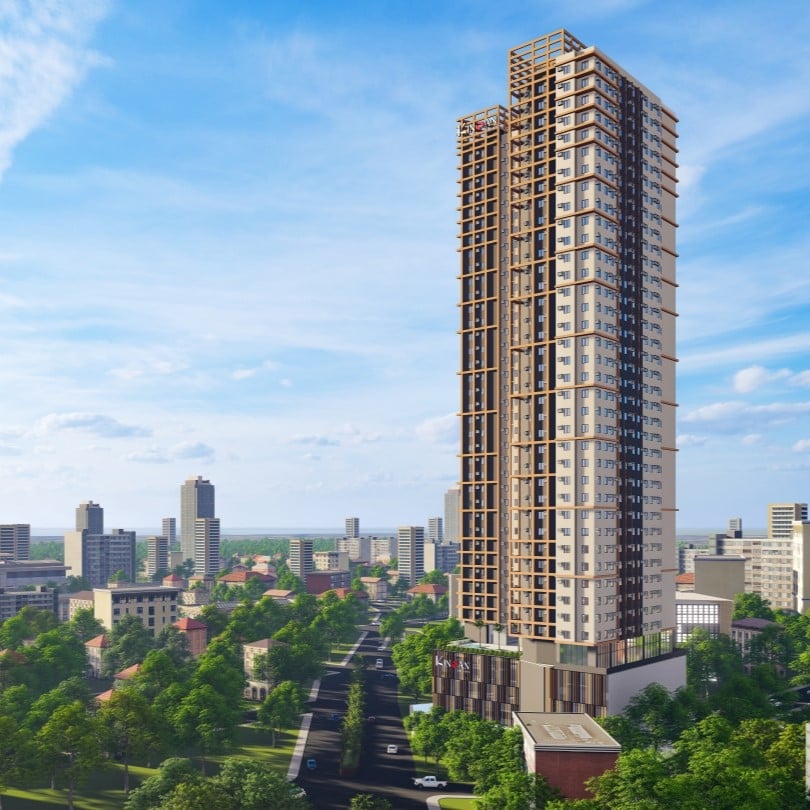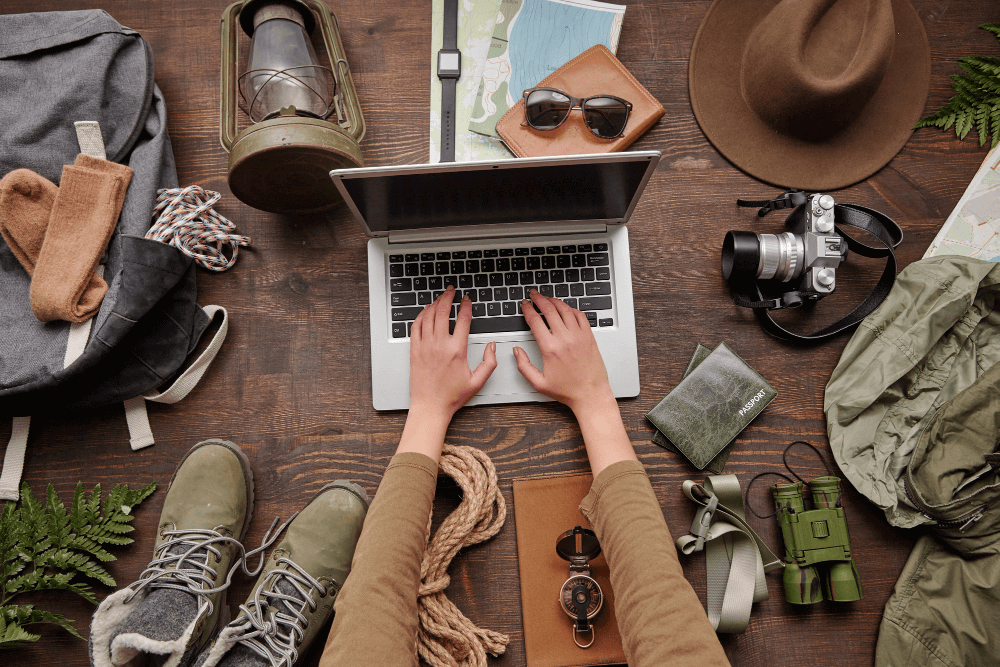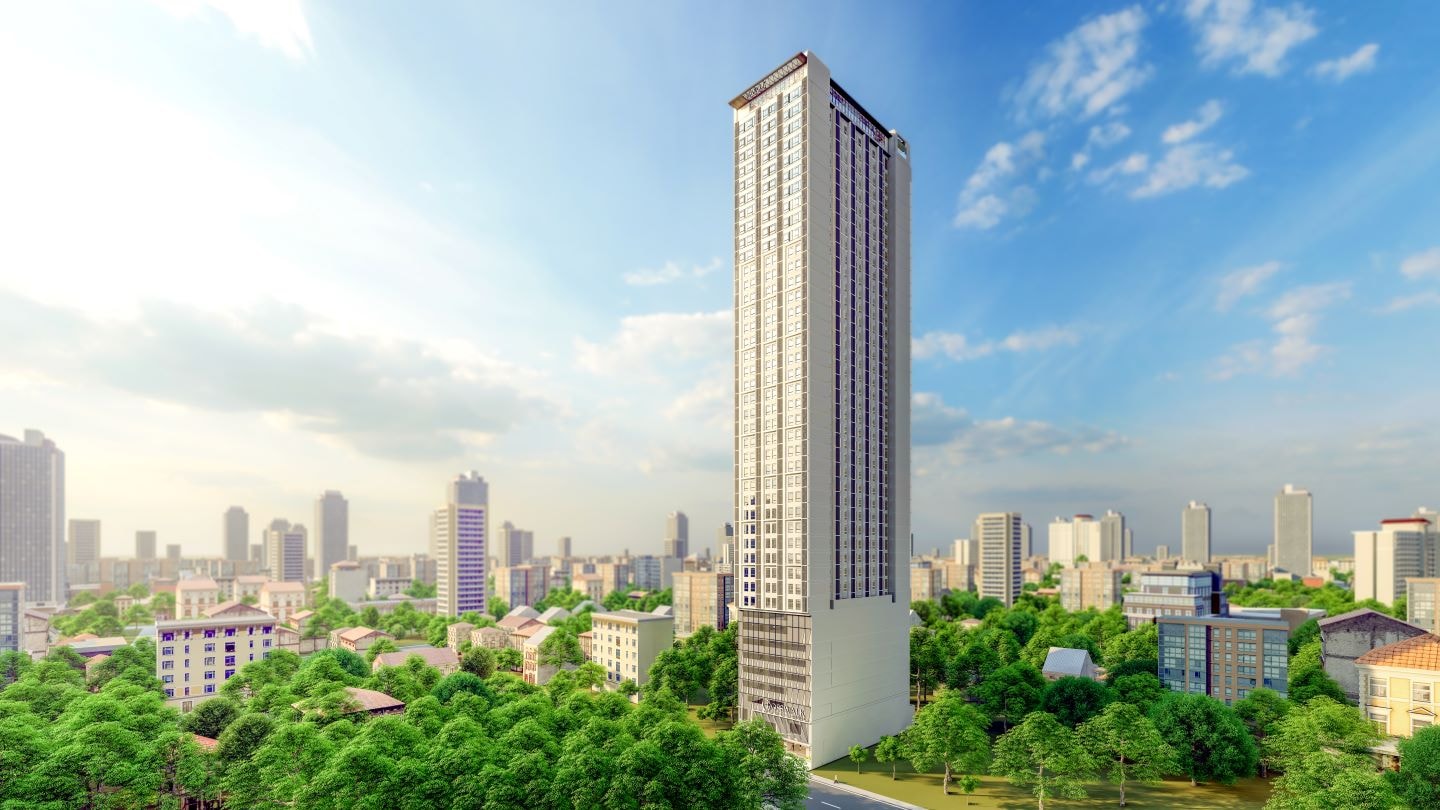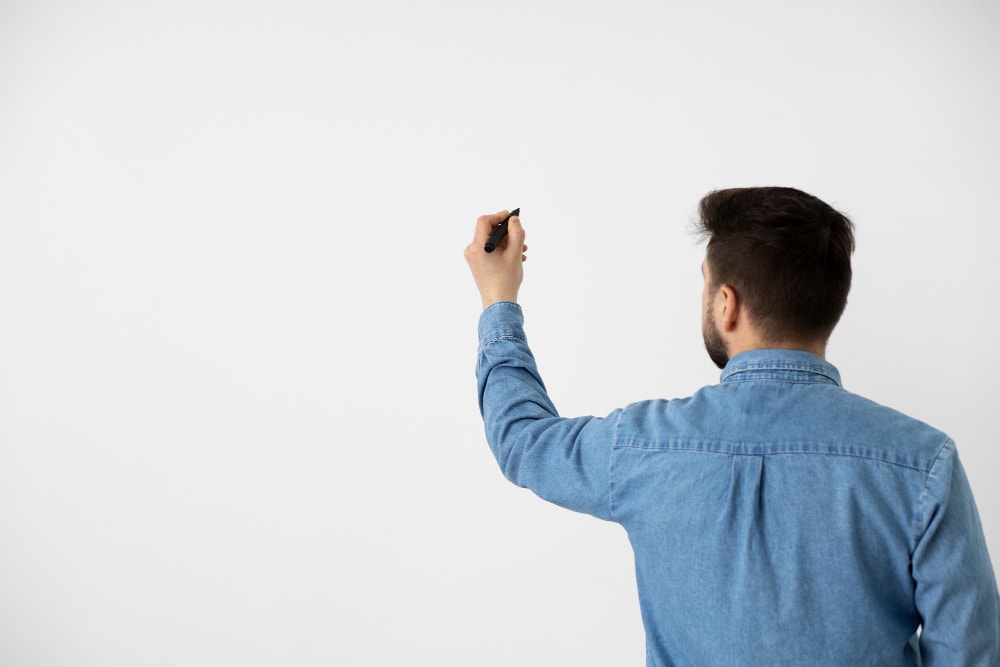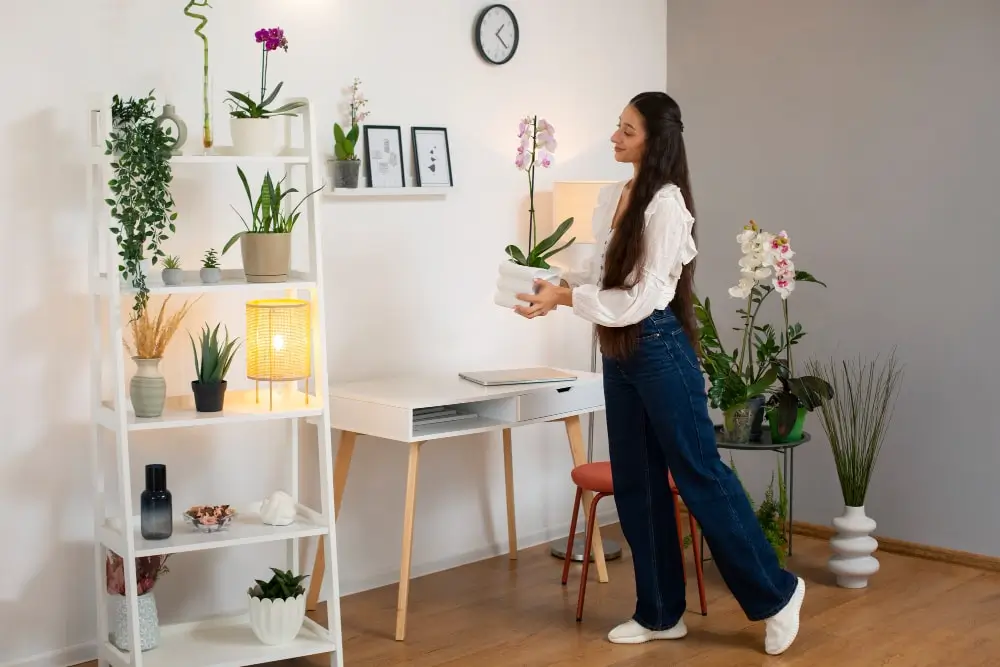Building a buffer with an emergency fund account or emergency savings
City life can feel like a rhythm. Mornings start with coffee, then it's off to class or work, maybe squeezing into the MRT, catching up on deadlines, and unwinding in your condo at the end of a long day. Everything feels stable... until something unexpected hits.
A hospital bill. Car payment due at any moment. A broken appliance. A laptop that suddenly won’t turn on. A relative asking for help. Or worse, your salary gets delayed, and the rent is still due.
In moments like these, most people realize that having a budget isn’t enough. What you really need is a safety net. Something that helps you stay afloat when life throws you a curveball. This is exactly what an emergency fund is for. A savings amount, extra funds that you can have easy access to in times of dire needs.
In this blog, we’ll walk you through how to start one. No complicated financial terms, no unrealistic tips. Just a real, easy-to-follow guide for students, young professionals, and anyone living independently in the city. Whether you’re starting your career or still finishing your degree, learning how to set up an emergency fund is one of the smartest moves you can make.
Let’s talk about building a buffer that protects your peace of mind and keeps you moving, even when things don’t go according to plan.
Emergency savings: why it matters more than you think
Having a budget is a great start. But even if you’ve mapped out your monthly expenses down to the last centavo, that won’t always protect you from financial surprises. And those surprises are the ones that usually cost the most.
Back-up for financial well being
An emergency fund is your backup. It’s the amount you set aside so that when life throws something unexpected your way, like medical bills, car repairs, or even a sudden job loss that will place you on irregular income. In situations like these, you avoid relying on loans, credit cards, or maxing out your checking account just to stay afloat.
The power to control cash flow
What makes emergency savings powerful is that they give you control. You’re not scrambling, you’re not stressed. You already have something in place to help you cover unexpected expenses without affecting the rest of your financial goals. You can access enough money quickly without needing too much assistance.
This kind of preparation is one of the most underrated forms of self-care. It is quiet, consistent, and when the time comes, it’s exactly what you need.
How to build your emergency fund, one step at a time
Now that you understand why an emergency fund matters, the next question is... what are the key principles in setting up emergency savings and how do you actually start?
It might feel overwhelming at first, especially if you’re working with a tight budget. But the truth is, you don’t need a big salary to build an emergency fund. You just need are savings goals, a plan...and a bit of patience.
Review and write down monthly expenses
Begin by reviewing your monthly expenses. Track your essentials like rent, groceries, transportation, and bills. Once you know your basic cost of living, you can set a realistic emergency savings goal. For many people, this could be equal to one to three months’ worth of expenses. If that sounds like a lot, don’t worry. You don’t have to save it all at once.
Be consistent
The key is consistency. Start small and treat it like a non-negotiable part of your budget. Even ₱500 or ₱1,000 a month makes a difference if you keep adding to it. What matters most is building the habit and committing to your goal.
Setting up two accounts or more is ideal
It also helps to open a separate emergency fund account, something that’s not linked to your daily spending or has an automatic transfer capability. This makes it less tempting to touch the money unless it is truly for an emergency. Most banks offer standard savings accounts, but if you want to grow your money a little faster, you can also explore high-yield savings accounts or a money market account but will expose you too much on market risk.
Identify what works best for you
Choose what works for you. The most important thing is that your emergency savings are easily accessible when you need them, but far enough from your everyday spending that you're not dipping into them for online shopping or late-night food cravings.
Growing your fund: small moves that make a big difference
Once you’ve started building your emergency fund, the next step is keeping that momentum going. This is where you shift from saving when you “feel like it” to actually making your savings part of your routine.
Make the process automatic: Daily expense less savings
One of the easiest ways to grow your fund is to make the process automatic. If you’re working, consider setting up direct deposit so that a portion of your monthly income goes straight into your emergency fund. You’ll be surprised how much more money you can save just by taking away the need to manually transfer it each time. Less temptation, less forgetting, and more consistency.
You can also take advantage ofthe money that usually comes unexpectedly. Got a tax refund? Save a chunk of it. Received a cash gift during the holidays or your birthday? Add it to your separate savings account instead of spending it right away. These one-time amounts, whether it's a tax refund, unexpected income, or a bonus, can give your fund a solid boost without affecting your regular budget.
Some people also set a rule for themselves: every time they get a raise or bonus, a fixed percentage goes straight into their emergency savings account. It’s a way to match lifestyle upgrades with financial responsibility.
When to use your emergency fund (and when not to)
So let’s say you’ve been doing the work. You’ve built your fund, you’ve been adding to it regularly, and it’s looking solid. Now comes the hard part, knowing when it’s okay to actually use it.
Here’s the golden rule: if it’s unexpected, urgent, and necessary, that’s what your emergency fund is for.
Think medical bills you didn’t see coming. Think car repairs that you need to get to work or school. Think living expenses after a sudden job loss or income cut. These are the kinds of unplanned expenses and unexpected costs your fund is meant to cover. They’re not luxuries. They’re not convenience purchases. They’re real-life moments that need fast action and reliable money.
You shouldn’t feel bad about using your emergency fund when the situation calls for it. That’s its purpose. It’s there to protect your peace of mind, not to sit untouched while you struggle with unexpected expenses.
On the flip side, it’s good to check yourself before tapping into it. If the expense can wait, or if it’s something you can plan for, like upgrading your phone, booking a trip, or shopping a sale, it might be better to use a different bank account or save up separately.
Be honest with yourself. If it’s a true emergency, your fund has your back. And once things settle down, you can always start building it up again.
How much should you save? It depends on your life
There’s no one-size-fits-all number when it comes to emergency funds. The truth is, your emergency fund should reflect your lifestyle, your responsibilities, and what makes you feel financially secure.
A good starting point for most people is saving enough to cover at least one to three months of monthly expenses. That includes rent, food, bills, transportation, and other essentials you can’t go without. This amount gives you a cushion if something unexpected happens, like getting sick, losing your job, or facing reduced income for a while.
But your personal target might be higher or lower depending on your situation. If you’re living independently, supporting family, or working freelance, you might want to aim for a bigger fund. If you’re still in school and supported at home, a smaller goal could be enough for now. Your emergency fund depends on what gives you a sense of comfort and control. It might look different for everyone, and that’s completely okay.
The key is knowing what your safety net looks like. Think about what kind of situation would stress you out financially. Then plan your fund around that. This is where good financial planning makes all the difference. You’re not just saving because someone told you to, you’re saving based on your real-life needs.
As your lifestyle changes, your fund should grow with you. That’s how you build financial security that’s solid and sustainable. It’s not just about the number in your account. It’s about having the money saved before you even know you’ll need it.
Your emergency fund is part of your personal peace
At the end of the day, building an emergency fund isn’t about perfection. It’s about being ready. It’s one of the most practical and empowering steps you can take in your personal finance journey. You’re creating space for yourself to breathe when things get difficult, and that’s something worth prioritizing. That’s what an emergency fund helps you do.
You don’t need to have everything figured out. You just need to start. Open a separate account, save what you can, and keep going. Over time, it becomes a habit. And that habit gives you confidence, not just in your finances, but in your ability to handle life on your terms.
There will be moments when you’re tempted to dip into it for something fun or impulsive. There will be times when you feel like progress is slow. But the real reward is knowing that you’ve got something to catch you when the unexpected happens. Not everything can be covered by investment accounts, retirement accounts, or long-term plans. Some things need solutions now.
So start small. Start today. Even a little progress means you’re moving in the right direction.
And if you’re building this kind of security while living on your own or stepping into your next chapter, you deserve to live in a space that supports that lifestyle, too. At Vista Residences, we believe in providing more than just a home; we support a lifestyle that empowers you to grow, plan ahead, and live with intention.
That said, if you still find yourself hesitating to save for the future, try asking yourself this:
If someone asked how well you’re prepared to live fully, how comfortable would you be with your answer?
Take a moment. Check whether you like or dislike what comes to mind.
Because at the end of the day, financial security isn’t just about numbers. It’s about feeling safe, confident, and capable, no matter what life brings next.
